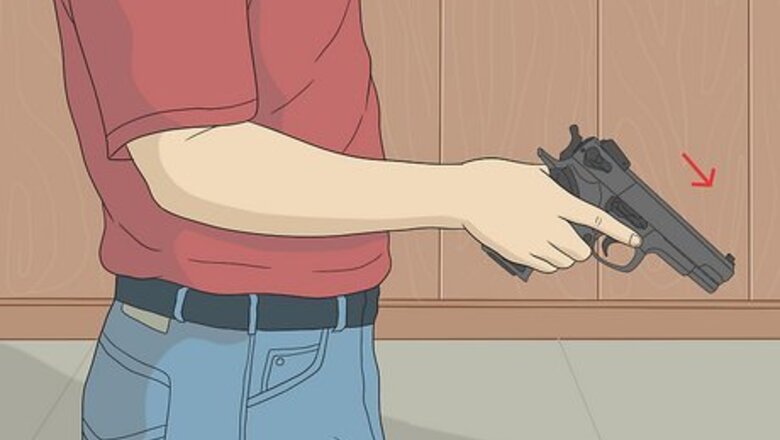
views
Being Safe
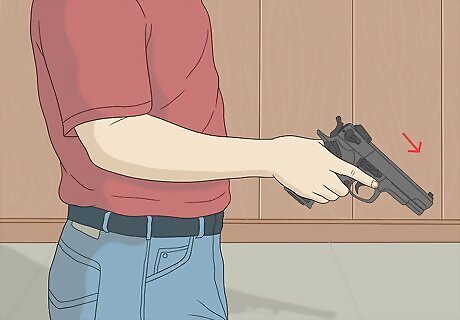
Treat every firearm as if it were loaded. There are no exceptions to this rule, not even for empty guns. It is very easy even for professional marksmen to forget whether or not a gun is ready to fire, and the consequences can be extremely serious or even deadly.
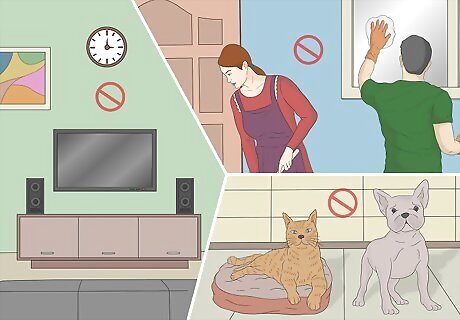
Never point your gun at anything you do not want to shoot. Do not point your gun at your friends, a part of your body, a household pet, the walls of your home, or at your TV, even if you think it’s unloaded.
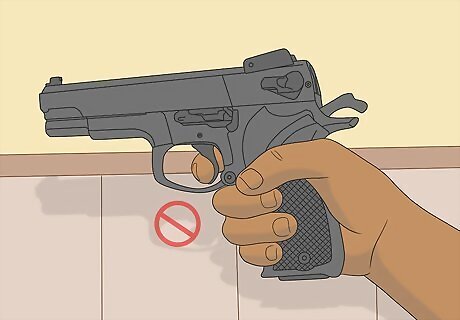
Do not place your trigger finger on the trigger guard until you are ready to shoot. The trigger can be activated with relatively little pressure. Train yourself to keep your finger straight and off the trigger every time you pick up a gun and at all times when you are holding it and not shooting it.
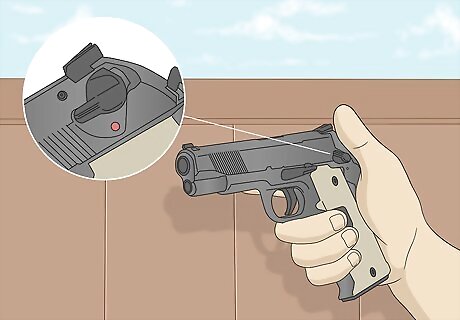
Keep the safety on until you are ready to shoot. The safety keeps the gun from accidentally discharging and can help keep you safe while handling your gun. Only turn the safety off when you’re ready to shoot. Nothing is perfect, so even with the safety on, remember to still treat your firearm like it’s loaded and dangerous! The safety is an added safety measure, not a guarantee.
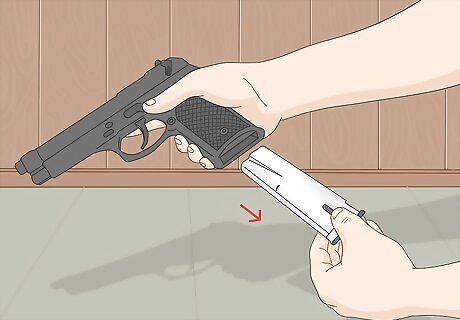
Unload your gun whenever you’re not using it. It’s easy to forget if your gun is loaded or not, or to forget to remove a chambered round. Always ensure your gun is fully emptied before leaving the shooting range. Double check if necessary.
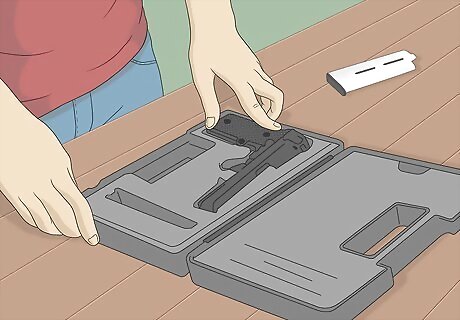
Do not leave your gun lying around for others to pick up. Owning a gun means owning the responsibility that comes along with it. Make sure you know where your gun is at all times, and don’t leave it in places where others can pick it up, accidentally or on purpose. When you’re finished with your gun, remove all of the ammunition before putting it down. Put your gun away in a gun case or safe. Use a gun safe to store your gun and all of your ammunition. This is especially relevant if you have children in the house and need to ensure they can’t access the gun without supervision. Ensure your gun is fully empty by removing the magazine and making sure there isn’t a bullet in the chamber. If you don't have access to a safe or case, keep your gun in a holster on your person.
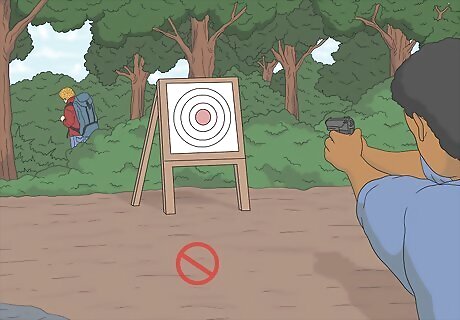
Look to see what’s beyond your target before shooting. Bullets go through things and missed shots go around things, so make sure there is nothing that you can hurt, harm, or ruin behind your target. Never shoot your gun if there is someone else on the range. If you’re shooting somewhere other than a shooting range and there’s the potential for danger behind your target, find a different location before shooting.
Preparing Your Gun
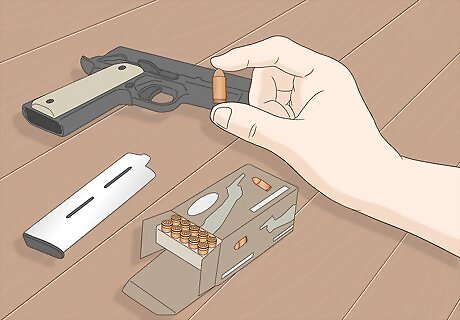
Choose the right size ammunition for your gun. If you need help choosing the right ammunition for your gun, ask your local gun store. Generally, guns and ammunition are labeled with the same numbers (for example, a .22 gun will fire .22 ammunition) but there are exceptions, details, and variations to the rule. Until you’re comfortable figuring out which ammunition is right for your gun by yourself, consult a professional.
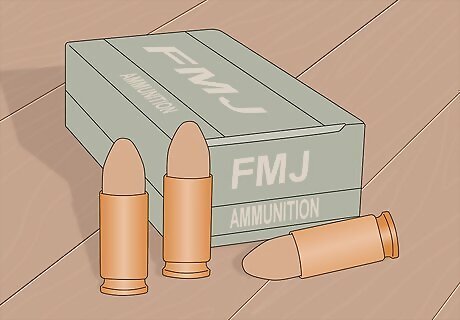
Choose training ammunition for target practice. Target ammunition usually features a full metal jacket (FMJ) projectile. These bullets are made with a soft lead core encased in a harder metal shell. They’re cheaper to buy because they’re easier to make, which makes them perfect for practice shooting.
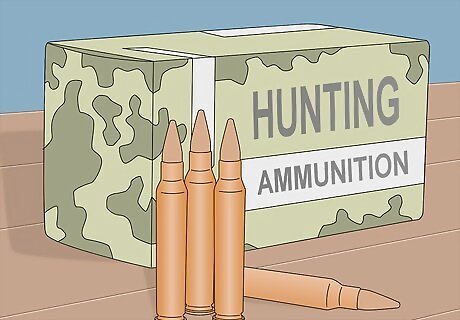
Choose hunting ammunition for hunting trips. When hunting, you want to purchase ammunition that quickly and humanely brings down your target. The best hunting bullets can penetrate thick bone and muscle and expand, lodging in place. Err on the side of more power in order to guarantee you’re killing your prey humanely. Never use FMJ bullets for hunting, as they will probably penetrate the animal and leave it severely wounded instead of killing it humanely.

Clean and maintain your gun before shooting. Even if you are shooting a weapon you already own, it’s a good practice to check it over and perform any necessary preventative maintenance and care services before you shoot. If you are unsure about whether your gun is clean and safe to fire, consult a professional gunsmith. Do not load your gun if you’re not sure it’s safe. If you’re a new gun owner, you should be aware that manufacturers often pack weapons with grease or cosmoline that is meant to be removed before use. Some new weapons may not function well or at all if they are shot before being cleaned.
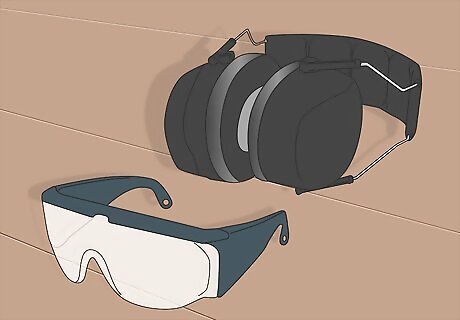
Purchase safety equipment before shooting. At minimum, you will need ear and eye protection. Even small-caliber guns are easily loud enough to permanently damage your hearing, and all guns can throw off unexpected power that can fly into your eyes and cause serious injury. There are a variety of ear protectors available, from simple inexpensive foam earplugs to expensive “active” hearing protection that help you hear normally while still damping gunshot noises. There are many popular styles of shooting glasses that you can pick from. Additionally, shooting ranges will often have eye protection that you can borrow or rent.
Loading Your Gun
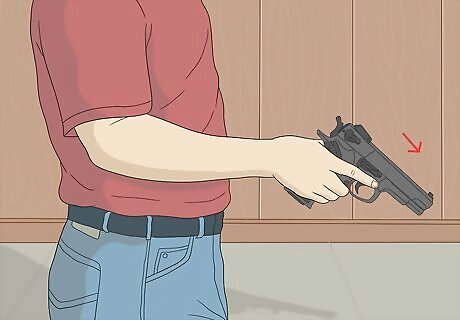
Make sure you keep the barrel pointed in a safe direction. Remember to never point your gun at anything you don’t intend to shoot. Always be aware of the direction your gun is pointed.
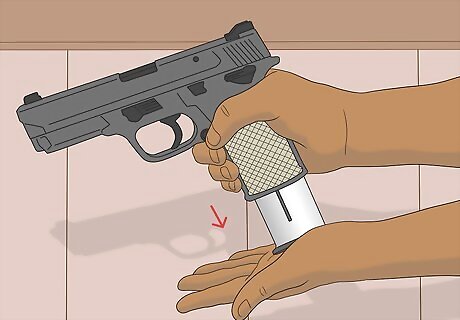
Eject the magazine from your handgun. Depending on what type of gun you have, there should be a button along the side of the gun that lets you eject the magazine.
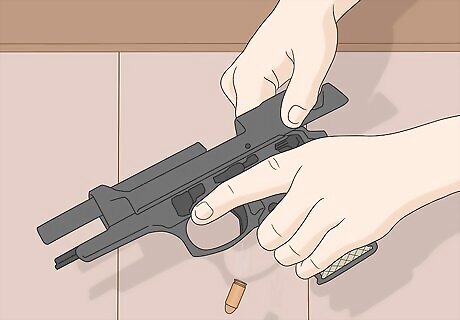
Remove any additional rounds from the chamber. Check that there isn’t a round loaded in the chamber. Your gun may have opened its “slide” to demonstrate that it’s empty. If not, pull back the rack to reveal the chamber. Visually check to make sure that the chamber is empty.
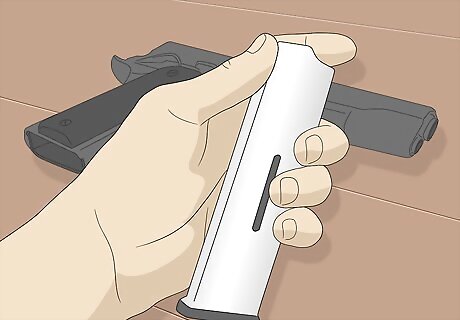
Hold the magazine in your non-dominant hand. The magazine slopes slightly upwards, and the back part (the part that faces down) should be positioned against your palm between your thumb and index finger.
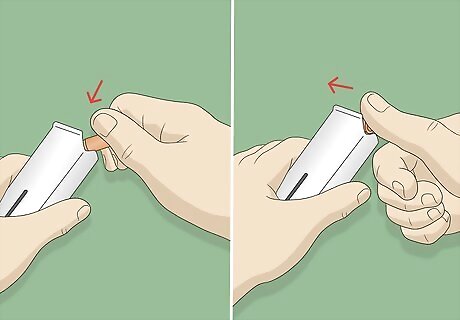
Insert one bullet. Insert the rounds by sliding the rear end of the ammunition (the end that’s not pointy) into the top of the magazine. Halfway through sliding the bullet in, you will feel some resistance. Push down to engage the spring-loaded plate, and then slide the bullet all the way in.
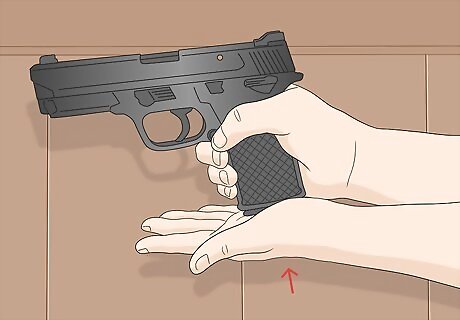
Fill and re-insert the magazine. Continue inserting bullets one by one until you can’t push the spring-loaded plate down. Ensure the top bullet is firmly engaged. Re-insert the magazine into the gun by pushing up until you hear a click.
Shooting Your Gun
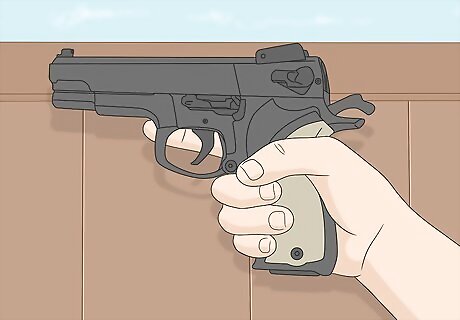
Grip the gun with your dominant hand. Wrap your middle, ring, and pinky finger around the handle, and rest it comfortably in your palm.
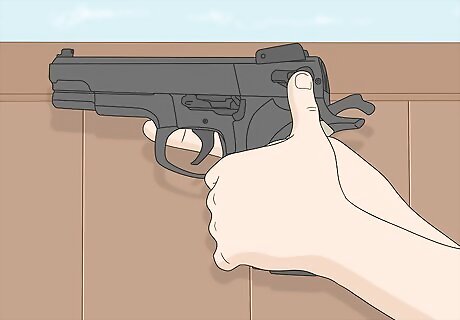
Support the gun with your non-dominant hand. Press your non-dominant hand so that it covers the portion of the grip that’s uncovered by your dominant hand. Put your index, middle, ring, and pinky fingers under the trigger guard, around your dominant hand.
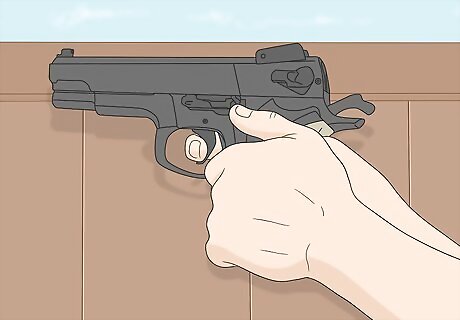
Hold the gun tightly. Remember that you’re about to fire a small explosion, and all guns have at least some kick to them. Hold the gun tighter than you think you should, but avoid holding it in a “death grip.”
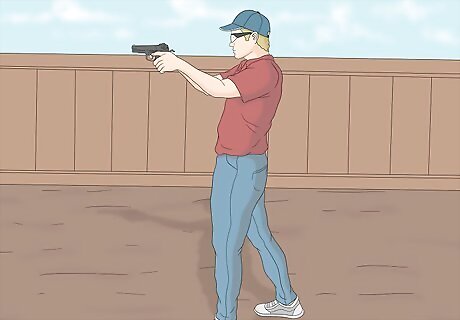
Stand with your feet shoulder width apart and your knees slightly bent. Find a position that is comfortable for you. Make sure you don’t stand with your feet too close together, as the gun’s kick could send you flying backwards and injure you.
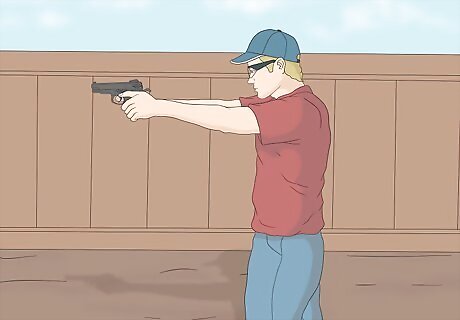
Extend your arms and lean forward. Your arms should be extended straight in front of you, but not locked. Bend your elbows slightly and keep your shoulders square to the target. Lean forward slightly to use your weight to counteract the gun’s kick.
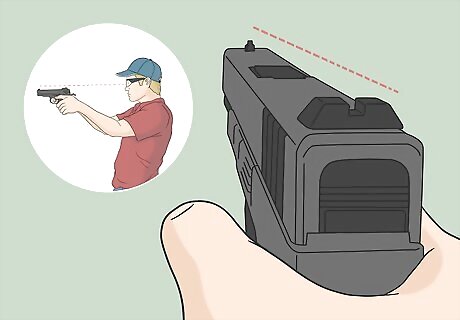
Align the sights. Your average handgun has two sights, more commonly known as the front sight post and the rear sight notch. Aim your gun so that the top of the rear and front sights are on the same level. That tells you where the bullet will go.
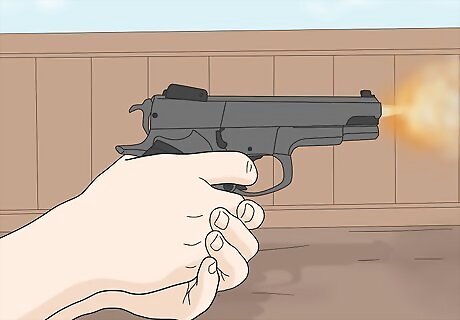
Squeeze the trigger. Pull the trigger straight back, without moving it side-to-side. Pull in a smooth, continuous motion until the gun fires. If you’re having trouble, try employing a mantra like “slooooooow” or “squeeeeeeeze.”

















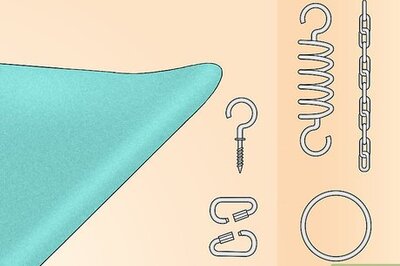


Comments
0 comment